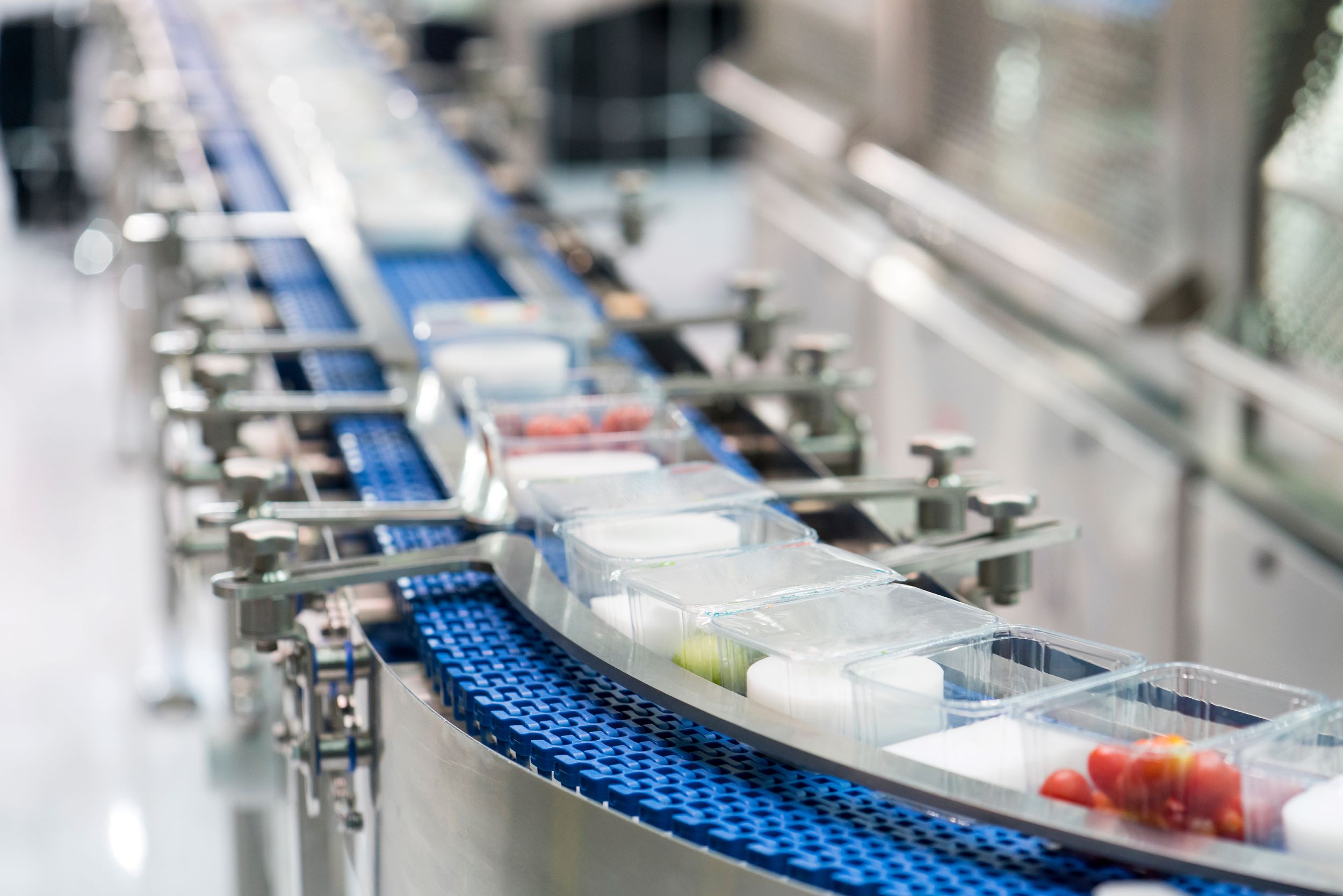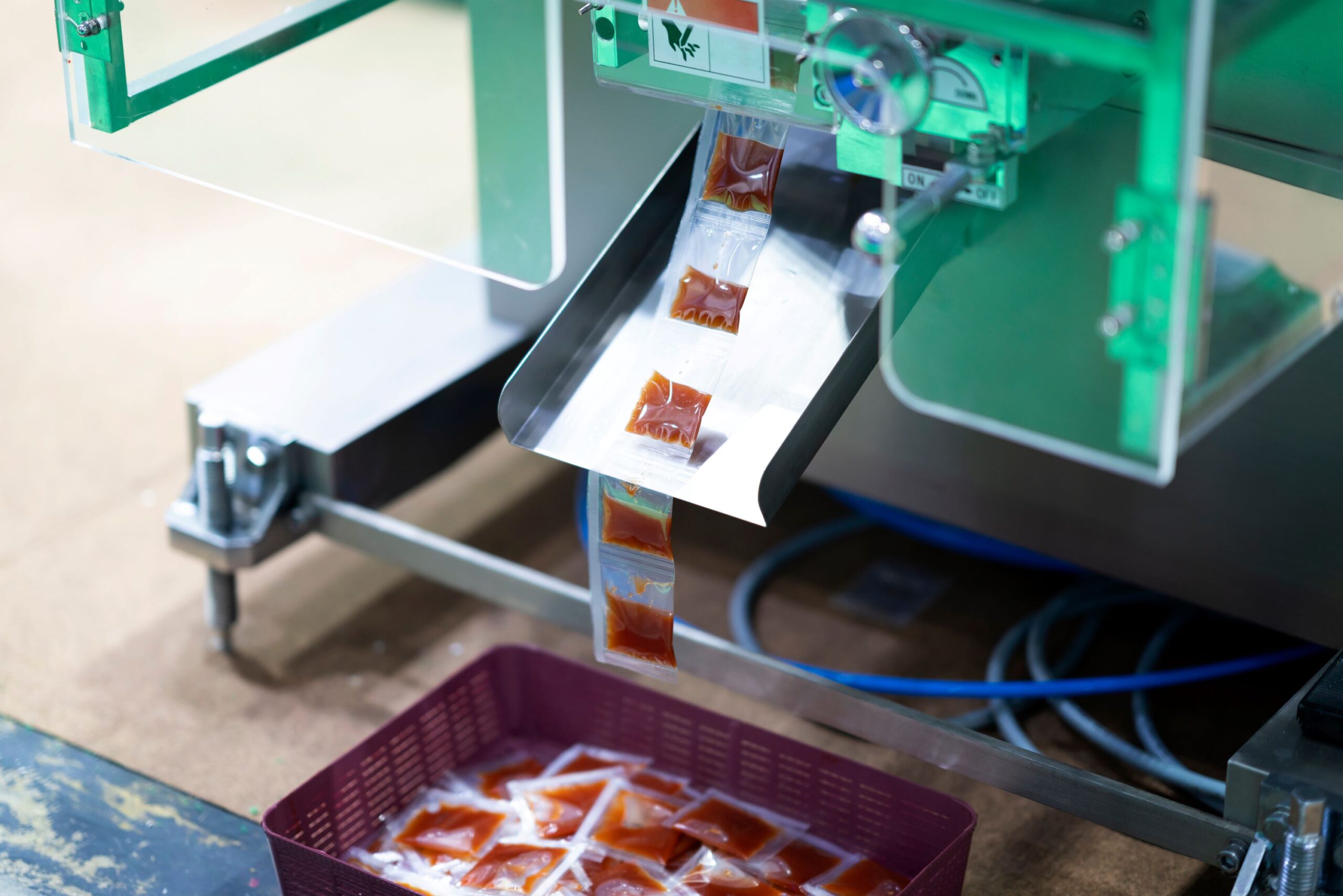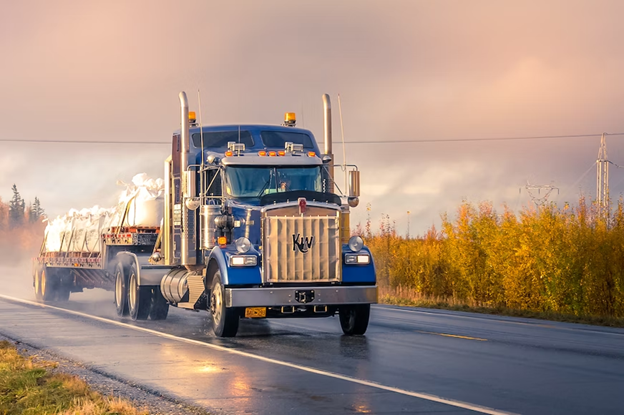How To Choose The Right Polymer Material For Film And Packaging
Even though it doesn’t ‘slip off the tongue’ or is as memorable as a catchy business motto, a product’s film and packaging serve as the backbone for its brand. After all, the packaging material you’ve chosen plays an essential role in securing the product’s condition and quality. If it easily gets damaged or has low quality, the business will be dealt a heavy blow.
Fortunately, many quality packaging materials are being manufactured with the help of technology. Some companies even offer green options to reduce industrial waste. It’s only a matter of choosing the right one that fits your business’s values and goals.
Commonly known as plastic, polymer is one of the usual go-to materials for packaging and film. However, different types have been manufactured for this purpose. Choose the right one by following these tips:

1. Look Up Different Polymers
As mentioned, various polymers exist for different applications, even for packaging, to protect a wide range of products, from fresh produce to industrial equipment.
Polyvinyl alcohol (PVA) is one of the most well-known polymers. Used as a film, it’s suitable for food products and detergents. Even though it’s sourced from fossil fuel, it’s commended for its end-of-life (EOL) performance. Since it’s extremely soluble in water (or hydrophilic), it dissolves in water with bacteria breaking it down, making PVA manufacturers some of the most sustainable sources of packaging materials.
Polyethylene terephthalate (PET), polystyrene (PS), and high-density polyethylene (HDPE) are other sustainable and non-toxic options for polymers. Since they’re mostly used as plastic containers and bottles, they can be recycled. Naturally, that can only be accomplished when handled by professional equipment.
Ethylene-vinyl acetate (EVA) typically has a different purpose than other polymers. Instead of being used as a container, it can be used as an adhesive aside from packing rubber additives or wax.
2. Determine The Application
Since each polymer material has unique qualities, it must be used to your advantage. After all, your products are counting on packaging to keep them safe during transportation. That’s why you must study your options before deciding on a polymer.
Polystyrene, for instance, is an extremely versatile polymer, which means it’s either designed to be rigid or foamed. Aside from that, it’s also excellent for protecting products that can’t handle too much moisture, particularly fresh produce such as eggs or meat. But, aside from produce, polystyrene is also used for various food services equipment, like cups or plates. Considering the material’s rigidity, consumers can reuse them instead of disposing of them immediately.
Another excellent polymer type for the food industry is polypropylene (PP), which possesses high heat resistance while remaining toxic-free. These qualities alone make it qualified for handling food products or consumables. Hence, this polymer material is typically used for microwave tableware and the inner lining for thermos shells.
On the other hand, polyvinyl chloride (PVC) can be found in areas outside food applications. Because it has good alkali and acid resistance, it’s used for medical applications and hair product bottles. Furthermore, it’s soluble in organic solvents, making it a sustainable packaging option.
3. Set A Budget
Running a business consists of making investment after investment. After all, it’s almost impossible to produce any promising results when all you’re counting on is pure luck. For a business to succeed, every aspect must have a budget allocated.
Packaging is one of the most influential factors in a business. But even though it’s essential, that doesn’t mean you’re supposed to pour a large sum of your budget into that category alone. Instead, find the right balance between cost-friendliness and quality.
Consider every aspect involved in your packaging. Determine if its visual representation is appealing enough without sacrificing its integrity. Ensure it’s optimized for storage and transportation conditions to guarantee the products stay intact for the entire duration.
4. Consider The Conditions
Polymers are susceptible to different temperatures. Plastics have environmental properties that can be triggered depending on their conditions. Creep and stress relaxation are some of them.
Creep indicates the material’s tendency to deform when subjected to severe heat for long periods until it nears its melting point. Meanwhile, stress relaxation focuses on how plastic releases stress after undergoing strain for a long time. Considering how the polymer is simultaneously viscous and elastic, temperature influences its integrity alongside load stress. Hence, it’d help to consider the melting and freezing points of your product’s container before settling with a polymer material.

Pack It Up
Packaging fills out a crucial role in establishing a brand. Not only does it make your business easily identifiable, but it also elevates its reputation. Since the packaging is the product’s first line of defence, you must find the balance between appeal and security. Fortunately, there’s a rich selection of polymer packaging materials–your only task is to make the right choice.


















